"a soggetto"/fiction film
"documentario"/documentary
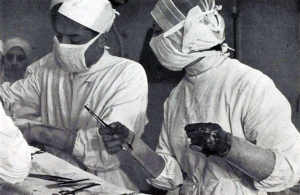
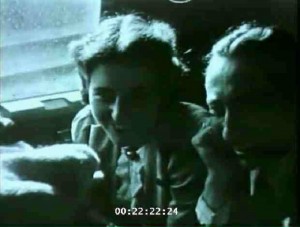
"Title onscreen indicates that the footage shows an outing of the Munich amateur film club to Dachau, 1942. . . . They arrive at the station and begin filming in the residential/commercial areas of the town (NOT the camp)." United States Holocaust Memorial Museum.

"Russian Easter is a reverent and impressive film of the celebration of Easter in the Russian Orthodox Church and in the homes of Russians living in this country, all presented against the background of the birth of spring. Easter in the Russian Church is more closely associated with the coming of spring than it is in some other faiths, and the antiphonal cry, "Truly Christ is risen!" finds its response in leafing trees, budding flowers and virescent hillsides. Accordingly, this is a joyful film, filled with the gladness of Easter and of spring. The rich liturgy of the Easter season in the Russian Church is presented with intelligently planned sequences that span the time from the beginning of Lent to three days after Easter. Interwoven are sequences of home life, as the household prepares for the celebration and the feast at Easter. So, the picture actually consists of three themes — Easter in the church, Easter in a private home and the coming of spring, all interrelated by a masterly handling of film planning and editing. Outstanding scenes in this picture are the shots of Church of Alexander Nevsky in the winter snow, looking like a color print of old Russia, and the shots of the dinner, after Easter services, when family and guests eat the traditional Easter dishes. This latter sequence has particular grace and charm. Mr. Serebrykoff has made a sincere and delightful film that bolsters one's faith in the future of amateur movie making, for he has produced a brilliant picture that could be made only by an amateur in the full and accurate sense of the word — a film that would have been profaned by professionalism." Movie Makers, Dec. 1942, 489.
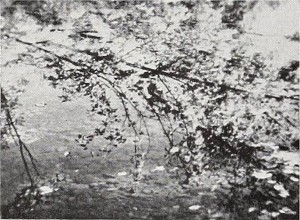
"Autumn, by Robert P. Kehoe, now takes the lead in an ever lengthening series of exquisite natural miniatures, recorded by this engineer with art at his finger tips. Having reported earlier on the bluster of a late, unfriendly fall, Mr. Kehoe turns in this film to the warm beauty and haunting sadness of autumn's Indian summer. Life is drifting toward death, to be sure, yet it moves in peace down the placid stream, with loveliness through the golden air. But one cannot describe the incredible imagery of a Kehoe study. As well put under the intellectual microscope a Wordsworth sonnet or a Keatsian ode. Autumn, as brief as it is poignant, is his best work to date. As long as color film can still be had, we see no reason why the good Lord's handiwork should go unsung." Movie Makers, Dec. 1942, 489.
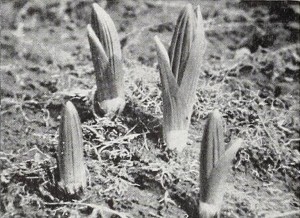
"Most movie makers look about for suitable music for a picture, only after it has been completed. Herman Bartel, who produced Awakening, scores his films just the other way around. He listens to a composition that he likes until he thinks of picture material that will express its mood. Since Mr. Barters appreciation and selection of music are above reproach and since his ability to take a camera and a roll of film and make them sing is well known, we can only add that this is his finest film to date. It is very difficult to explain a Bartel picture. You can say that the subjects are flowers, trees, animals and the other common manifestations of nature, but what you must see to believe is that they have never been filmed in quite his way before. Mr. Bartel does not use parts of records and change from one to another with abrupt shifts in themes. Instead, he uses each record in full. In this film, the blend of picture and music is so matched that, in some scenes, reeds and bushes sway to the rhythm of the music. Needless to say, the camera work in this picture is superb. Other color films may be exposed as well, but they will never be exposed better because here is more than perfect exposure and lighting. Mr. Bartel has taken what existed and has made it say what he wanted it to say through skillful control of the devices at hand." Movie Makers, Dec. 1942, 489, 506.
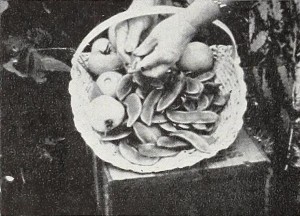
"With his victory garden as an incentive, George Mesaros has made Back to the Soil a record of his garden's progress that does credit to his movie making ability and to the quality of the vegetables produced. This genre little picture strikes a happy balance between the action scenes of planting, hoeing and harvesting and the magnificent shots of the opulent, colorful red tomatoes, green peppers, yellow corn and the beans, lettuce, cucumbers and other vegetables. Mr. Mesaros has a natural sense of pattern and design which he gives full play in the excellent arrangements in this film. Noteworthy, too, is the feeling of space and distance achieved in a small plot of ground. It is surprising to learn that the garden which seems so extensive in the picture is in reality only a small backyard plot." Movie Makers, Dec. 1942, 506.
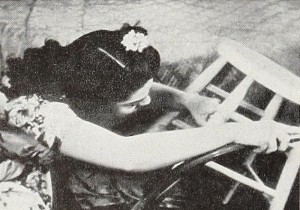
"Fire from the Skies should be a ringing challenge to amateur movie clubs and individual personal filmers across the country. For it is a competent, compelling and altogether mature contribution to the cause of civilian defense. It was produced by the Long Beach Cinema Club with no more facilities than are available to all of us. The added ingredient which put the production over was interest; they wanted to do it — and did ! The dynamic leadership of Mrs. Mildred J. Caldwell, ACL, former club president and coordinator of the present film, is felt throughout its footage. Telling a story of incendiary bomb protection, the picture tells it from the woman's angle, that of the housewife who, before all others, must fight to protect her home. The film employs shrewdly every artifice of the motion picture craft — color, sound, music, narrative and special effects. All are handled crisply and with confidence. The continuity is dramatic but informative, the camera work effective and the sound track exciting in its contribution to the visual message. Fire from the Skies need offer no apologies amid the too small company of America's civilian defense motion pictures." Movie Makers, Dec. 1942, 506.
Total Pages: 299